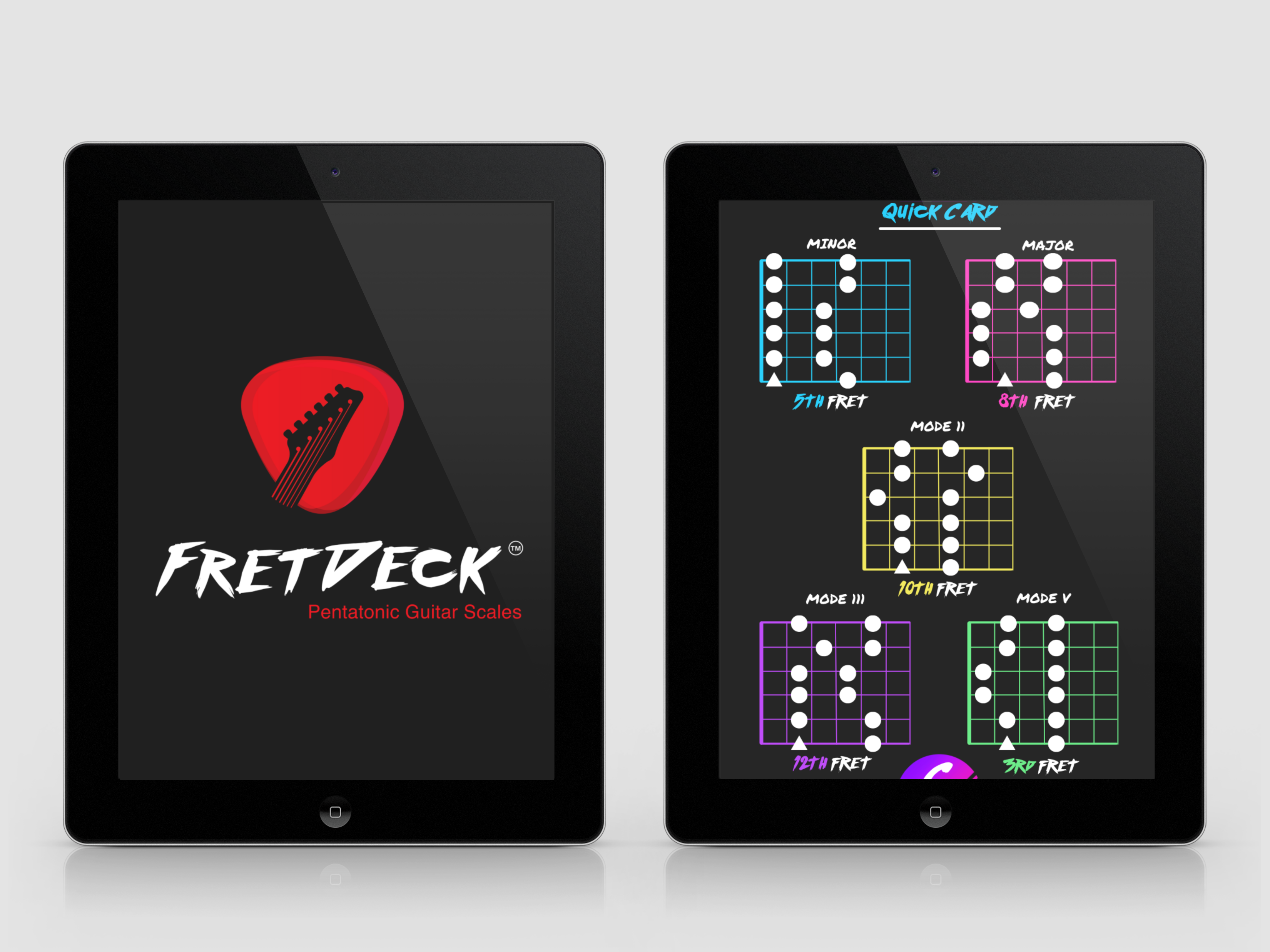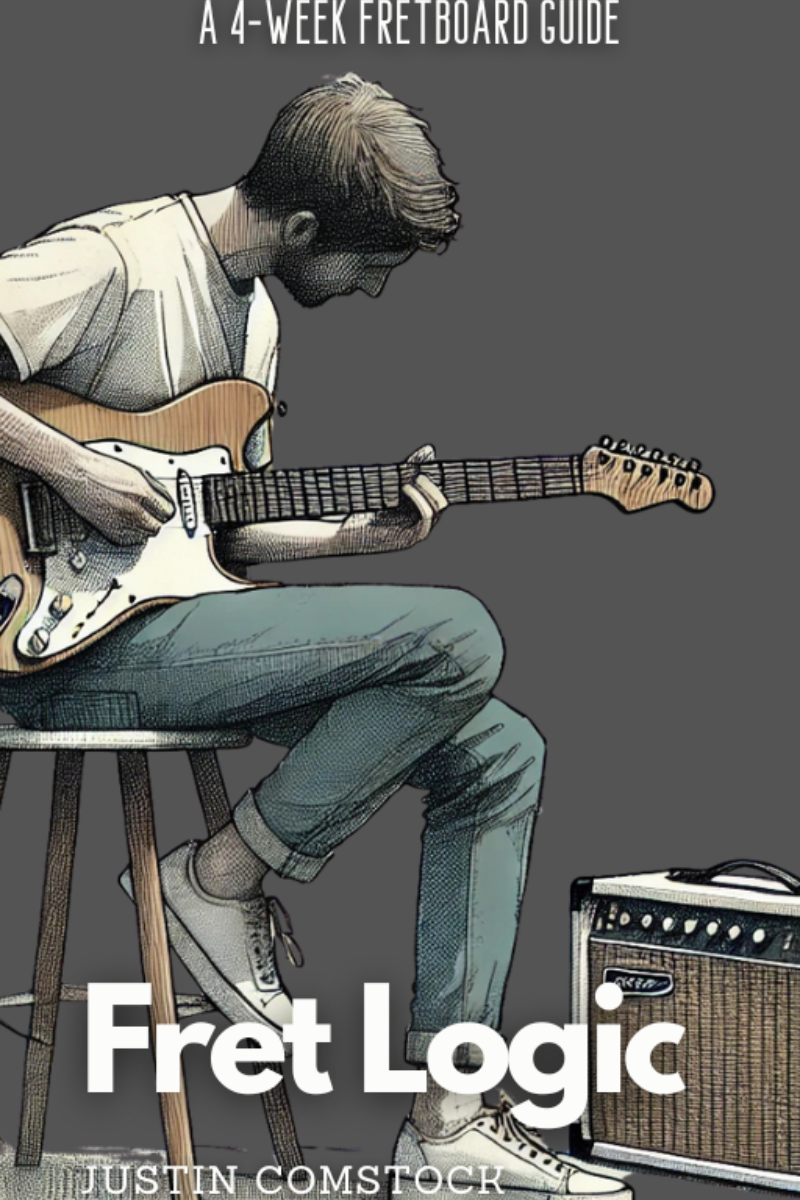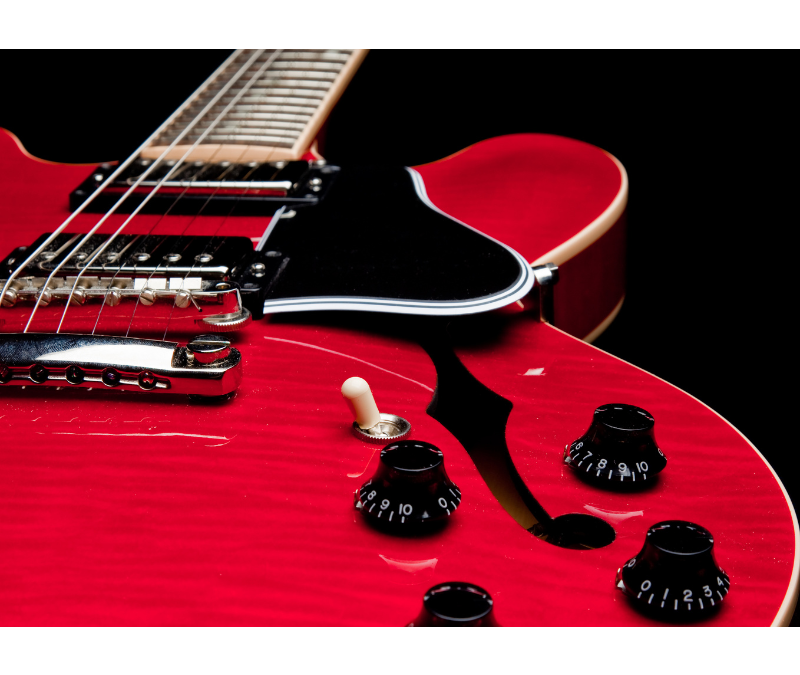The A major pentatonic guitar scale is one of the most powerful, melodic, and versatile scales in your toolbox. If you’re learning how to improvise, solo, or add soul to your playing—this is the one to know.
Whether you’re a beginner exploring new fretboard shapes or a seasoned guitarist looking for smoother soloing, the A major pentatonic fits perfectly across genres like blues, rock, country, and even jazz.
In this post, we’ll cover:
- What the A major pentatonic scale is
- How to play it across the fretboard
- Real-world soloing tips
- B.B. King’s unique approach to the scale
- Practice ideas to lock it into your fingers and ears
Let’s dig in.
🎸 What Is the A Major Pentatonic Guitar Scale?
The pentatonic scale is a five-note scale found in music all over the world. It’s used in African rhythms, Chinese folk melodies, and—you guessed it—blues and rock solos.
The A major pentatonic scale is built from the A major scale but removes two notes to create a cleaner, more open sound.
A Major Pentatonic Scale Notes:
- A (root)
- B (2nd)
- C# (3rd)
- E (5th)
- F# (6th)
This five-note format gives you all the sweetness of major without the tension of half-steps—making it perfect for expressive, vocal-like guitar lines.

Download The FretDeck & Pentatonic Secrets Course!
Download Our Course
🧠 Why Use the A Major Pentatonic Guitar Scale?
If you’re asking yourself “Why should I learn the A major pentatonic guitar scale?” — here’s the deal:
- It’s simple to memorize
- It sounds good over most major key progressions
- It’s beginner-friendly and pro-approved
- You can use it in country, blues, gospel, funk, and even R&B
This scale is a melody machine. Use it to solo, write riffs, or layer lead parts in your songwriting.
🖐️ A Major Pentatonic Scale Pattern (Starting on 5th Fret)
Here’s your go-to shape to start:
e|-----------------------------4-5-|
B|-------------------------5-7------|
G|-------------------4-6------------|
D|-------------4-7------------------|
A|-------4-7------------------------|
E|-5-7------------------------------|
🎯 Pro Tip: Play this shape slowly with a metronome. Make sure every note rings clearly, and focus on alternate picking for clean, efficient movement.
🔁 Connecting Patterns Across the Neck
To unlock the full fretboard, you’ll want to learn the adjacent shapes of the A major pentatonic scale.
Pattern 2 (Starting on the 7th fret):
e|--------------------------7-9-|
B|---------------------7-10-----|
G|-----------------6-9----------|
D|-------------6-9--------------|
A|-------7-9--------------------|
E|-7-9--------------------------|
Pattern 3 (Starting on the 9th fret):
e|-----------------------9-12-|
B|-----------------10-12------|
G|------------9-11------------|
D|-------9-11-----------------|
A|-9-12-----------------------|
E|----------------------------|
🎯 Pro Tip: Practice transitioning between these patterns using slides instead of position jumps. That builds phrasing muscle and keeps your solos fluid.
🎶 How to Use the A Major Pentatonic Scale for Solos
You’ve got the notes—but how do you sound good with them?
Here’s how to turn scale shapes into real, expressive solos:
- Target chord tones: Focus on A, C#, and E (1st, 3rd, and 5th). These land cleanly over A major chords.
- Use bends and slides: Bending E up to F# (7th to 9th fret on the A string) adds soul and movement.
- Leave space: Not every lick needs 12 notes. Play a short phrase, leave a breath, then answer it.
- Work with rhythm: Don’t just go up and down the scale. Use syncopation and rests to add groove.
🎤 The B.B. King Approach: Expressive, Not Flashy
No one used the A major pentatonic scale quite like B.B. King. His solos were simple but dripping with emotion.
Here’s what made his use of the scale special:
- Vibrato: Slow, wide, and vocal-like.
- String bending: He’d bend into the sweet notes instead of playing them straight.
- Economy: He used just a few notes—but every one counted.
🎧 Try This B.B. King–Inspired Lick:
e|----------------------------------|
B|----------------------5-7-5-------|
G|--------------4-6/7--------6b8-4-|
D|----------4-7--------------------|
A|--4-7/9--------------------------|
E|----------------------------------|
🎯 Pro Tip: Don’t rush through this lick. Feel it. Focus on the vibrato, the bend, and the space between the notes.

Download The FretDeck & Pentatonic Secrets Course!
Download Our Course
🔄 Combine A Major Pentatonic with Other Scales
For more flavor, blend the A major pentatonic scale with:
- A Major Scale: Add D and G# for more melodic options.
- A Blues Scale: Drop in C and G for a gritty blues edge.
🎯 Pro Tip: Use the pentatonic scale as your home base, then sprinkle in extra notes from these scales sparingly for tension and release.
🛠️ Practice Ideas to Lock in the A Major Pentatonic Guitar Scale
Here’s how to make the scale second nature:
🔁 Scale Sequences
Try these:
- Ascending in 3s (A–B–C#, B–C#–E…)
- Descending in 4s
- Skip-string sequences
🎯 Interval Practice
Play only thirds and fifths from the scale. This helps train your ear and strengthens your fretboard knowledge.
🎵 Backing Tracks
Use jam tracks in A major. Improvise for 5–10 minutes a day. Record yourself, listen back, and adjust your phrasing.
✅ Here’s a great free jam track in A major to get started:
👉 YouTube – A Major Backing Track (external link)
📚 Further Learning: Want to Own Every Pentatonic Pattern?
🎓 Check out our Pentatonic Secrets Course
If you want to:
- Learn all 60 pentatonic shapes across every key
- Unlock 6 custom progressions for soloing
- Build muscle memory with easy, structured practice routines
👉 Download the Course Now
Start improvising with confidence and creativity.

Download The FretDeck & Pentatonic Secrets Course!
Download Our Course
🔗 Related Post:
Want to take this further and dive into a soulful chord that pairs beautifully with the A major pentatonic scale?
👉 Mastering the Am7 Guitar Chord
🎯 Final Thoughts
The A major pentatonic guitar scale is one of the most melodic and expressive tools you can add to your playing. It’s simple enough for beginners, but powerful enough for pros.
Whether you’re soloing over a major blues, crafting sweet melodies, or channeling your inner B.B. King—this scale delivers.
So go plug in, slow down, and make every note count.
🎸 Got questions or want feedback on your soloing?
Join the Guitar Freaks Hangout on Discord and share your progress. It’s free, and you’ll find a crew of players ready to jam, learn, and lift each other up.

Join Guitar Freaks Hangout on Discord! 🎸
Get Fret Logic FREE!
Join the Guitar Freaks Hangout Discord and get exclusive access to my entire e-book, Fret Logic! Master the fretboard and elevate your solos with this comprehensive guide.
👉 Don’t miss out—join now and download your free copy!










